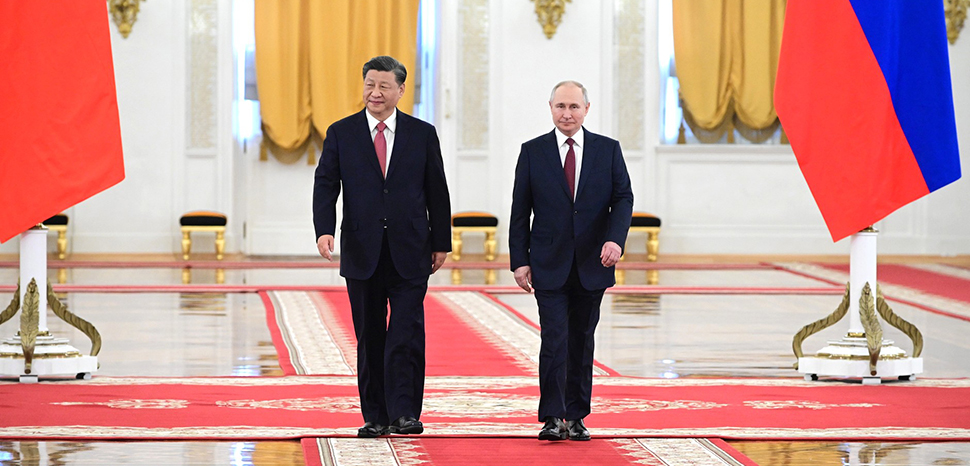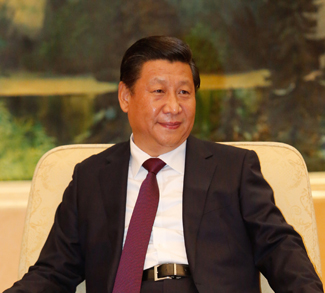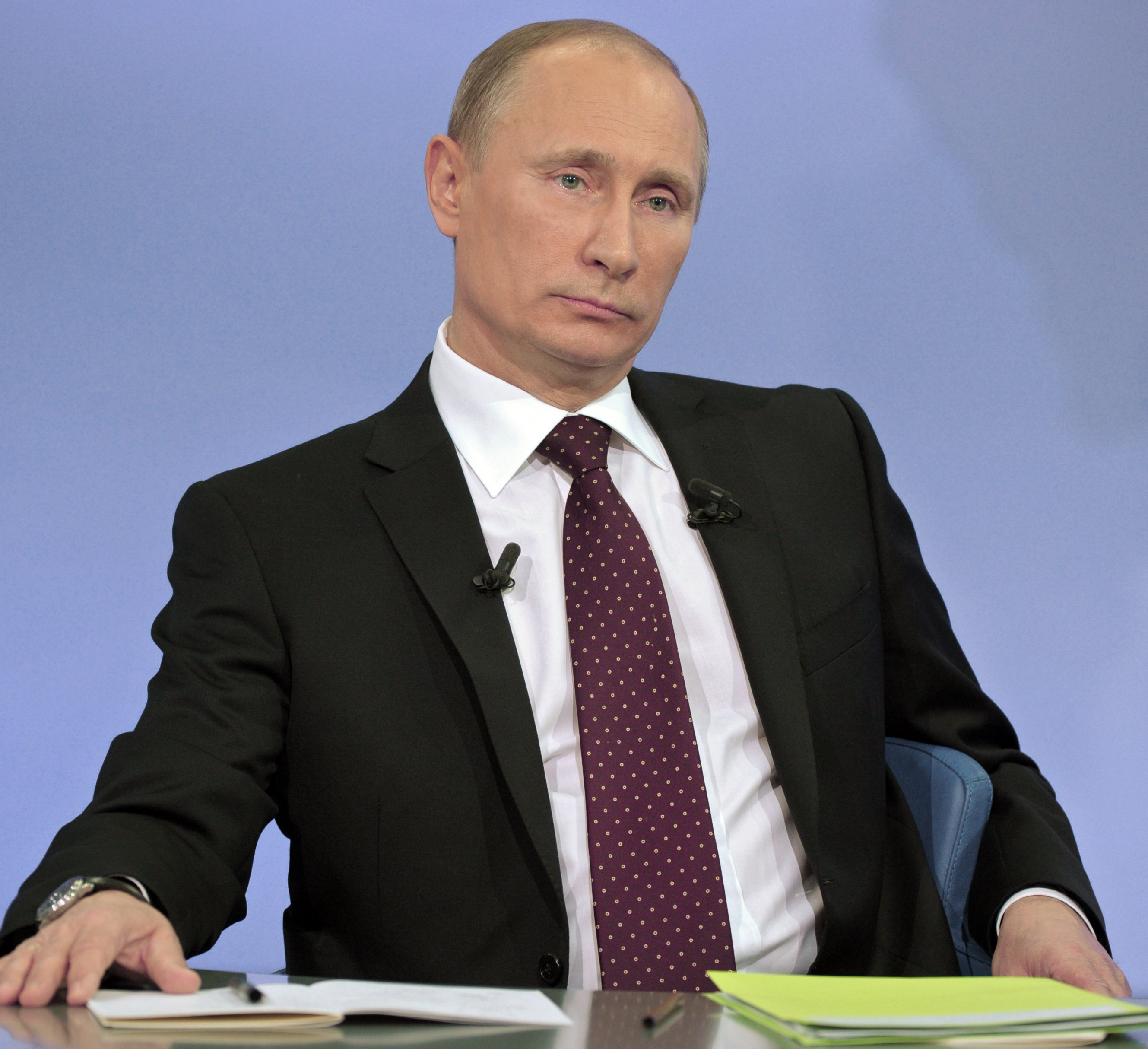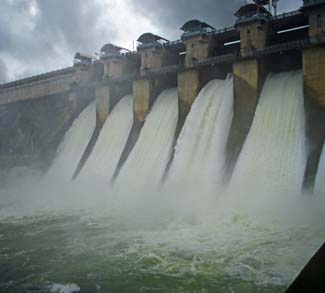Nearly two years after Russia’s invasion of Ukraine, attempts by the US and its allies to squeeze Moscow economically have been found wanting. The effectiveness of Western sanctions and exports controls is being severely undermined by substantial sanctions evasion and Russia’s burgeoning economic ties with China and India. While trade restrictions have undoubtedly harmed the Russian economy, it remains resilient and seemingly continues to fuel the war in Ukraine.
As last year closed out, Moscow predicted annual economic growth of 2.8 per cent, following contraction in 2022 when the sanctions noose was tightened considerably following the invasion of Ukraine. A surge in defense spending and high oil prices have helped to buoy the economy, and Russian private companies have apparently adapted well to the new economic realities. At the same time, the country has not seen the wholesale Western business exodus that appeared in the cards at the start of the conflict. Many companies chose to remain, some curtailing operations and investments. Yet, they still contribute billions to Kremlin coffers.
Nonetheless, underlying conditions are not great. High interest rates and inflation, a weak rouble, and big labor shortages do not augur well, especially when much of the country’s still substantial foreign reserves have been frozen by the West and most Russian banking system assets are sanctioned. True, the Russian economy is weaker than it was prior to the invasion but, to the frustration of Western policymakers, sanctions evasion and Moscow’s pivot East have helped to keep the country afloat. A US study showed that by the autumn of 2022, Russian imports had rebounded from a steep fall in the aftermath of the invasion.
Soon after the tightening of Western sanctions, as Russian forces advanced deep into Ukraine, Moscow looked to circumvent the restrictions. It built up a shadow tanker fleet to get round an oil price cap and looked to grow parallel imports – goods exported to unsanctioned countries, then re-exported to Russia without manufactures’ knowledge or consent. Moscow formalized the practice in May 2022, listing goods, ranging from auto parts to consumer goods, that could be imported in this way. The West, in particular the US, has sought to put pressure on exporting countries – notably Turkey, Kazakhstan and the UAE. Yet, it is unclear how effective this has been. Moscow doesn’t seem too troubled. It claimed in December that parallel imports amounted to over 70 billion dollars’ worth of goods over the last two year.
Moscow had already been pivoting eastwards before the Ukraine war to boost economic growth. The invasion has expedited the geostrategic shift, with President Vladmir Putin finding willing trade and investment partners, apparently undeterred by the threat of sanctions. Trade between Russia and China rose by nearly 30 per cent to exceed $200 billion in the first 11 months of last year, with the Chinese exports to Russia surging by 50 per cent. Half of Russia’s oil and petroleum exports went to China in 2023, with 40 per cent going to India. Overall, Russian-Indian bilateral trade doubled to over $50 billion between January and October last year.
On the military front, Russia has turned to rogue states like North Korea and Iran for direct weapon supplies, and is suspected of purchasing technology with civilian and military uses (subject to export controls) from other friends, including Turkey and China. According to US intelligence, Beijing has not only been providing Russia with vital economic assistance, but likely also military and dual-use technology, including navigation equipment, jamming technology and fighter-jet parts. The US think tank the Atlantic Council recently pointed out that open-source trade data suggested “a surge in imports of Chinese-manufactured goods with important military uses played a key role” in keeping Russia equipped and supplied to resist Ukraine’s recent counteroffensive.
Russia’s dependence on China to mitigate the impact of sanctions is such that a fifth of its imports by the end of 2022 are reported to have been invoiced in Chinese yuan, while Beijing has markedly increased the use of the currency to pay for Russian commodities. And while the West has sought to squeeze investment in Russia, Moscow has turned to China to fill in some of the gaps. Beijing, which has called for greater cross-border connectivity, has invested in transport infrastructure projects. It has also agreed to cooperate on a major mining project, is considering joint development of oil and gas fields, and plans to collaborate on a trans-shipment oil complex.
Moscow’s economic ties with Beijing seem to be getting closer and closer, so much so that there’s now a debate over whether Russia is becoming a vassal state. But for China, India, and other smaller countries eager to step up trade with Russia, commercial opportunity, it seems, is the main driver. “Russians are short of goods, so we’ll supply them and try not break sanctions whilst we’re at it,” they might argue.
The US and the EU will continue to penalize those that do, but this may represent just a fraction of illicit transactions. Moreover, what to do with all the legitimate trade that is undeniably helping Russia to weather the West’s sanctions regime? These questions will no doubt loom large in the minds of Western policymakers as Putin prepares to secure a fifth presidential term in March.
The views expressed in this article belong to the authors alone and do not necessarily reflect those of Geopoliticalmonitor.com.




